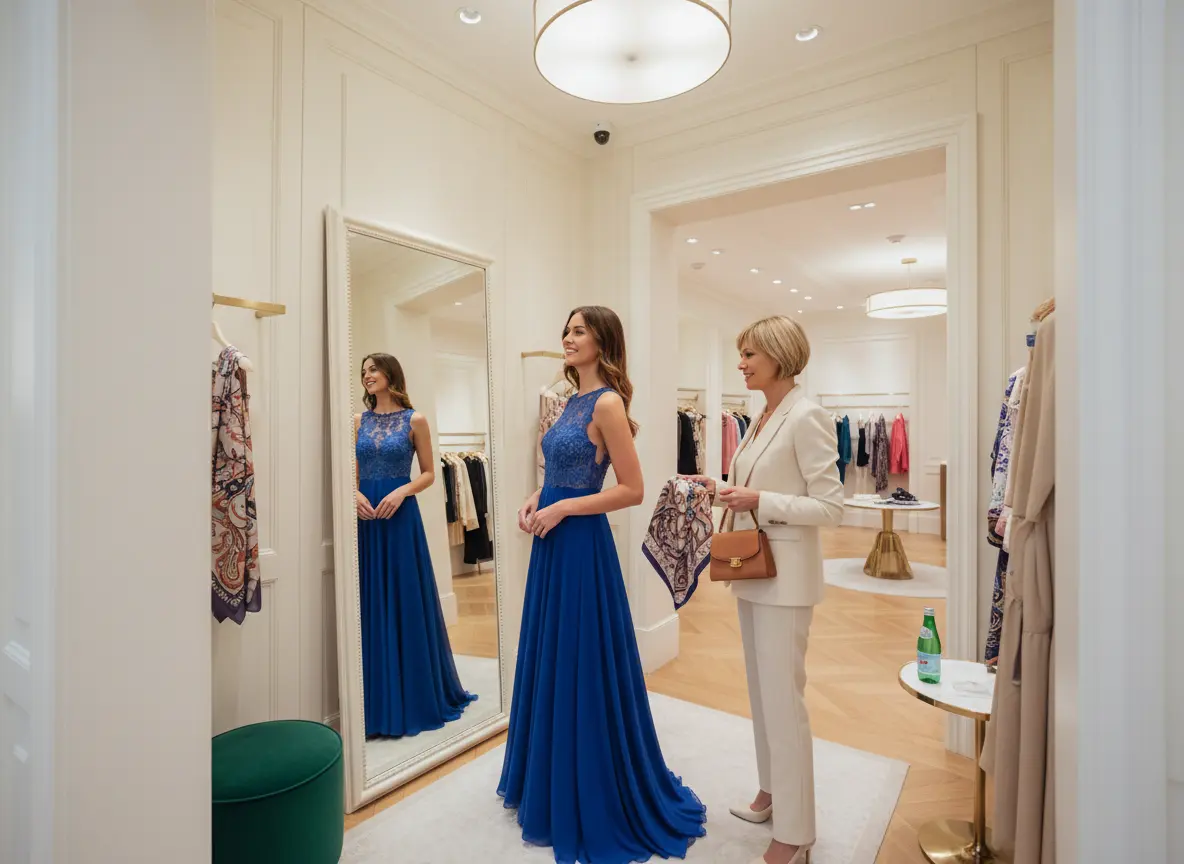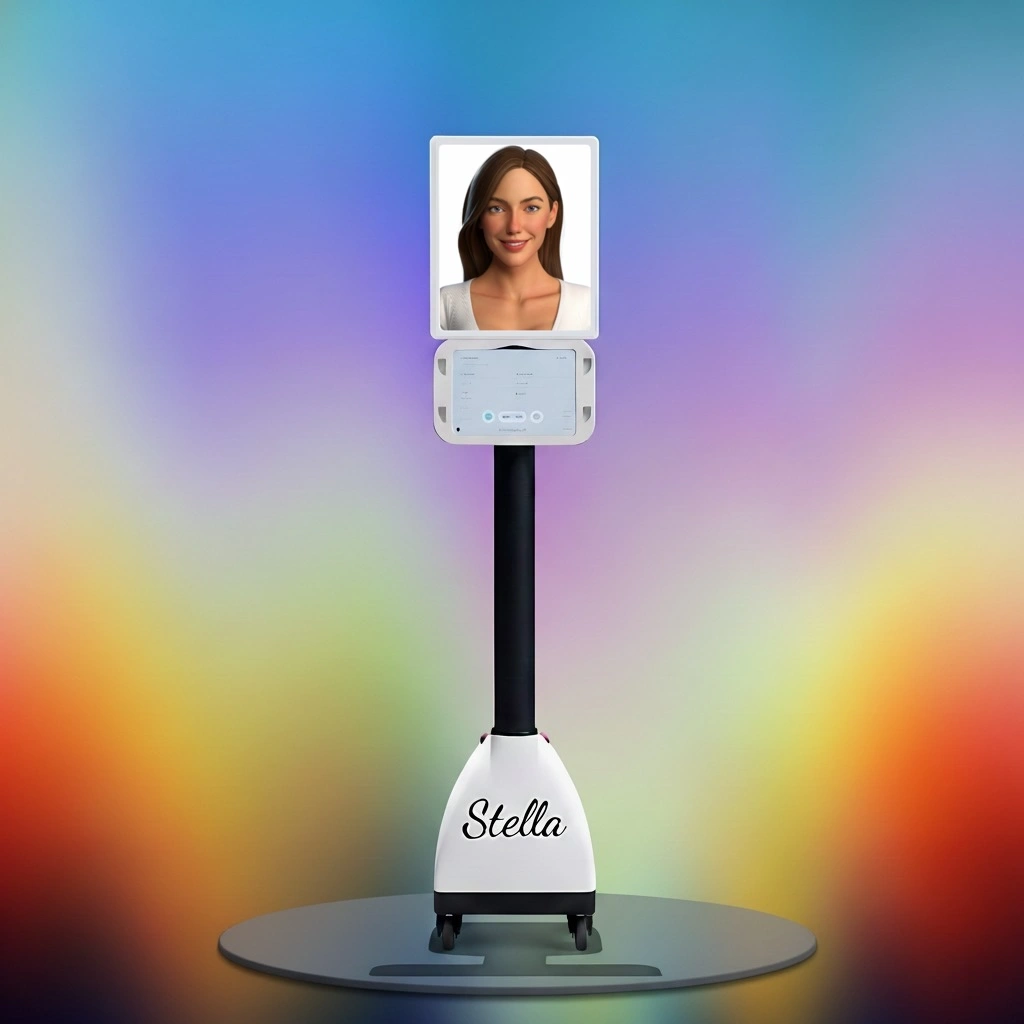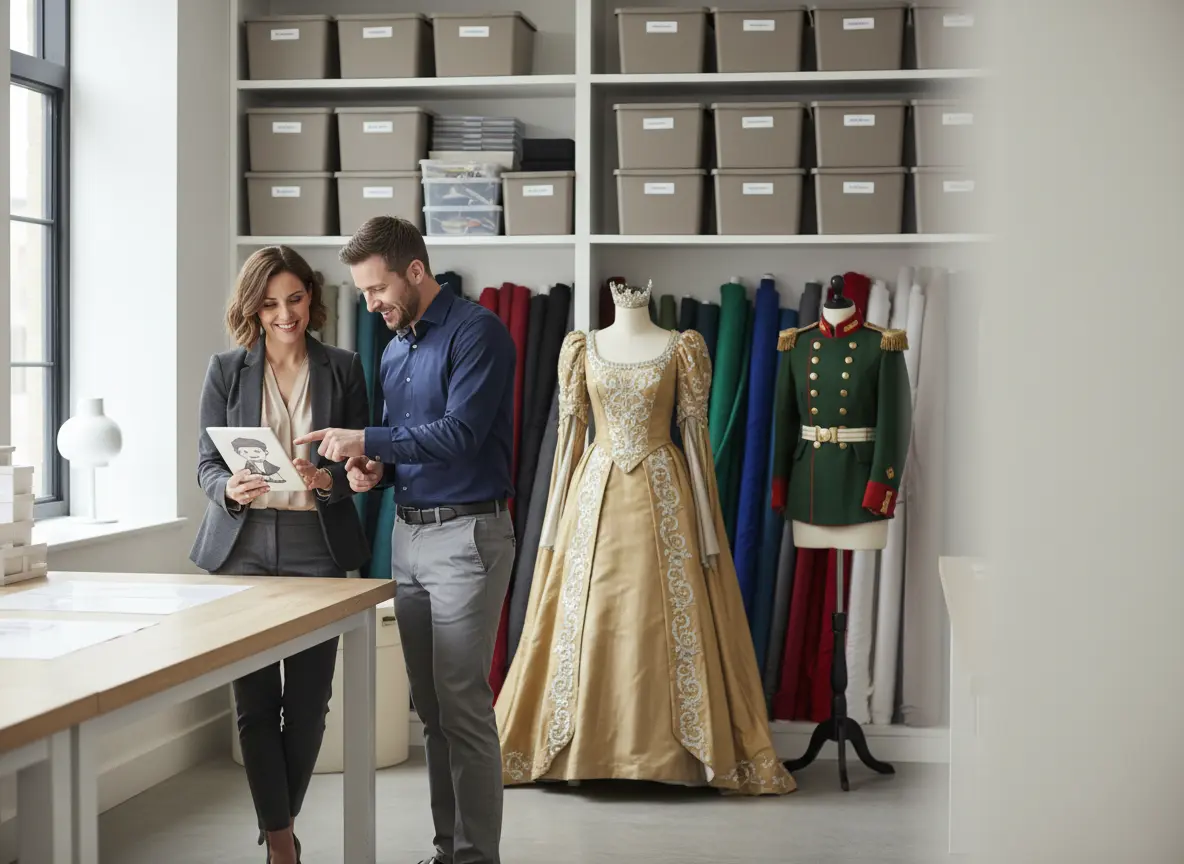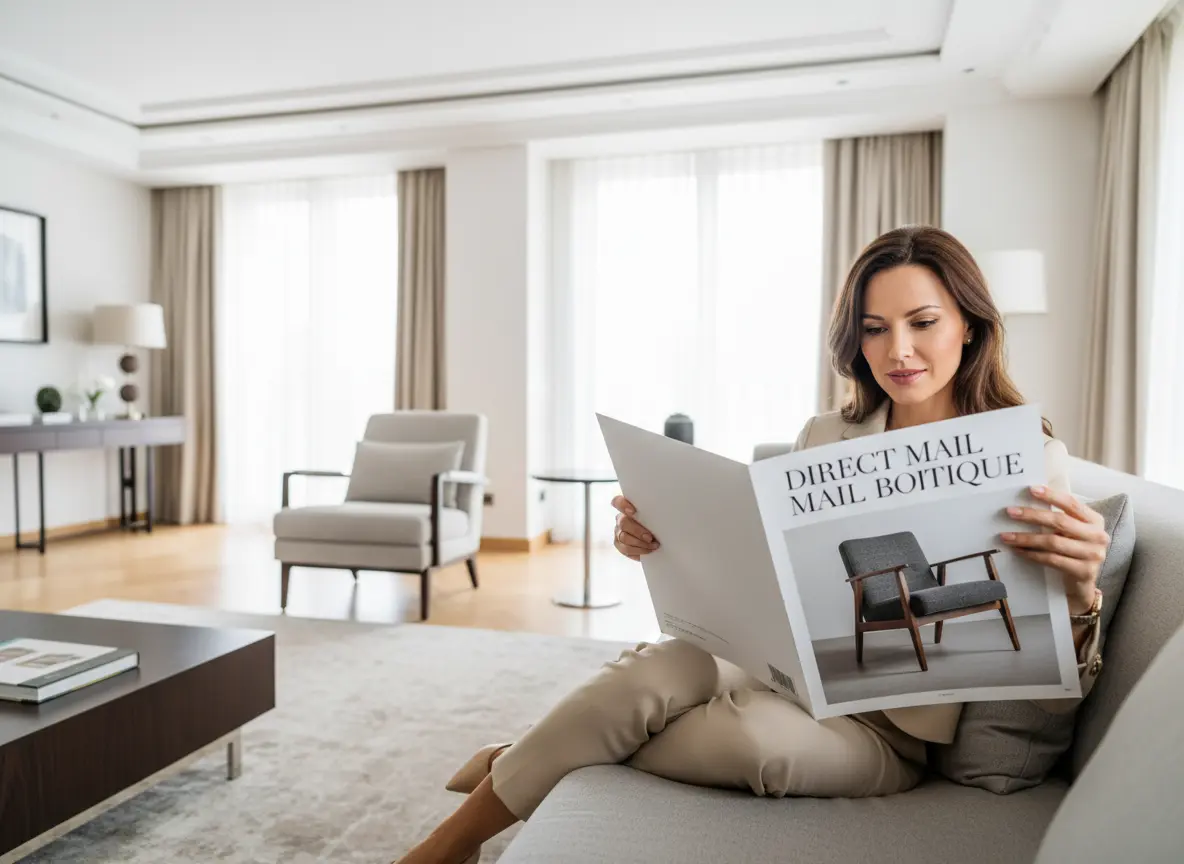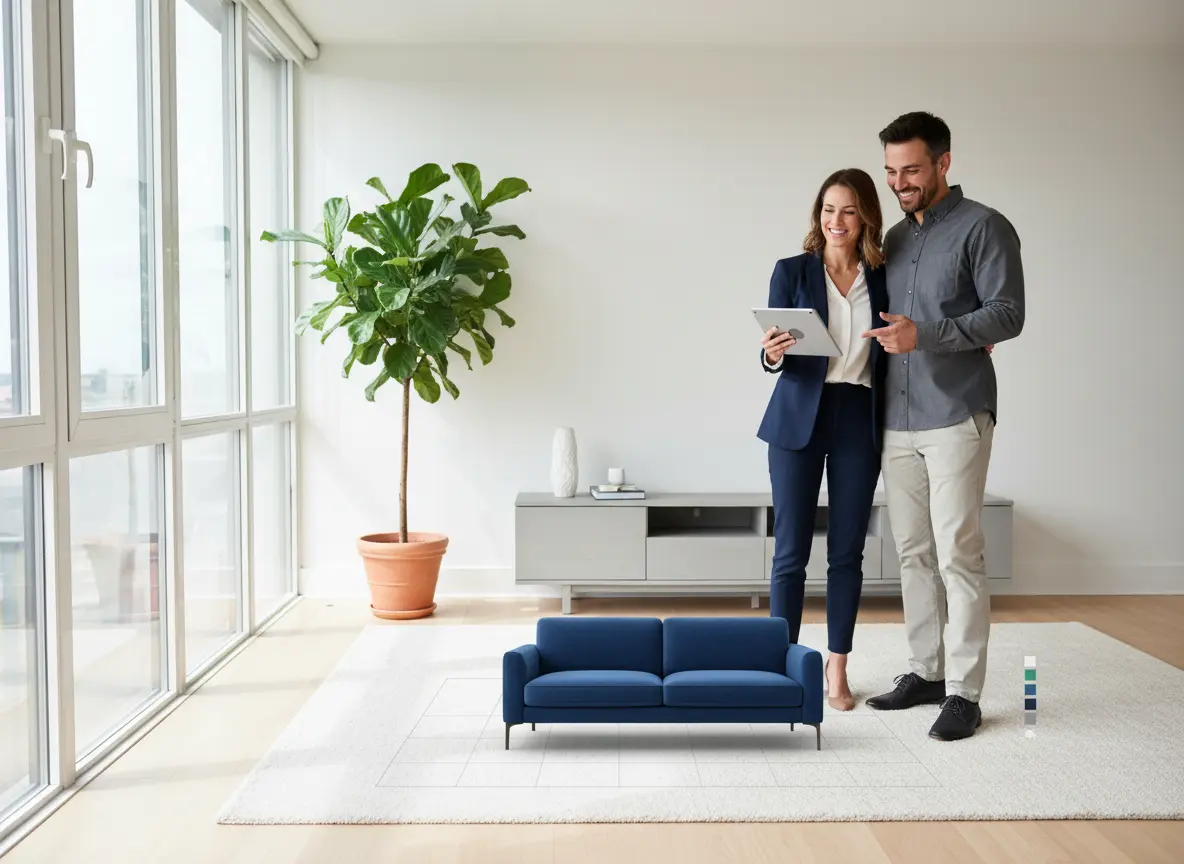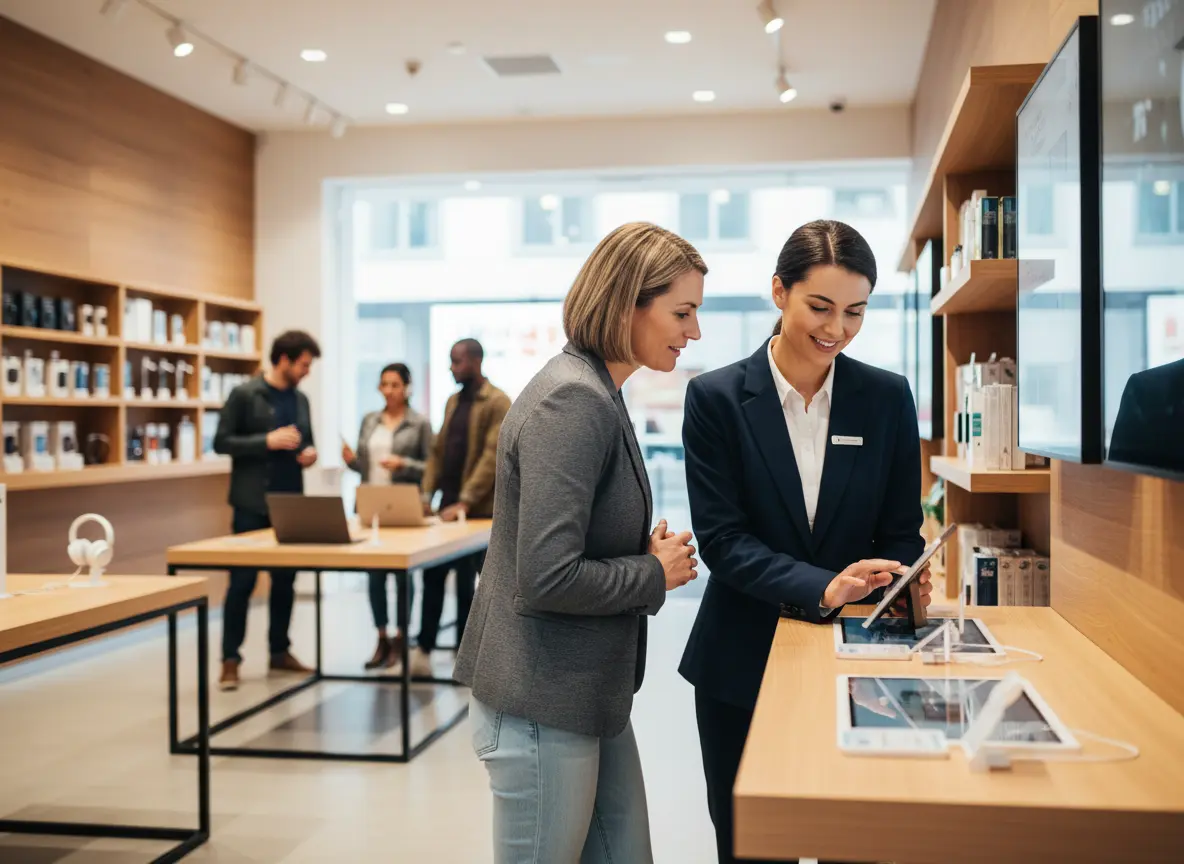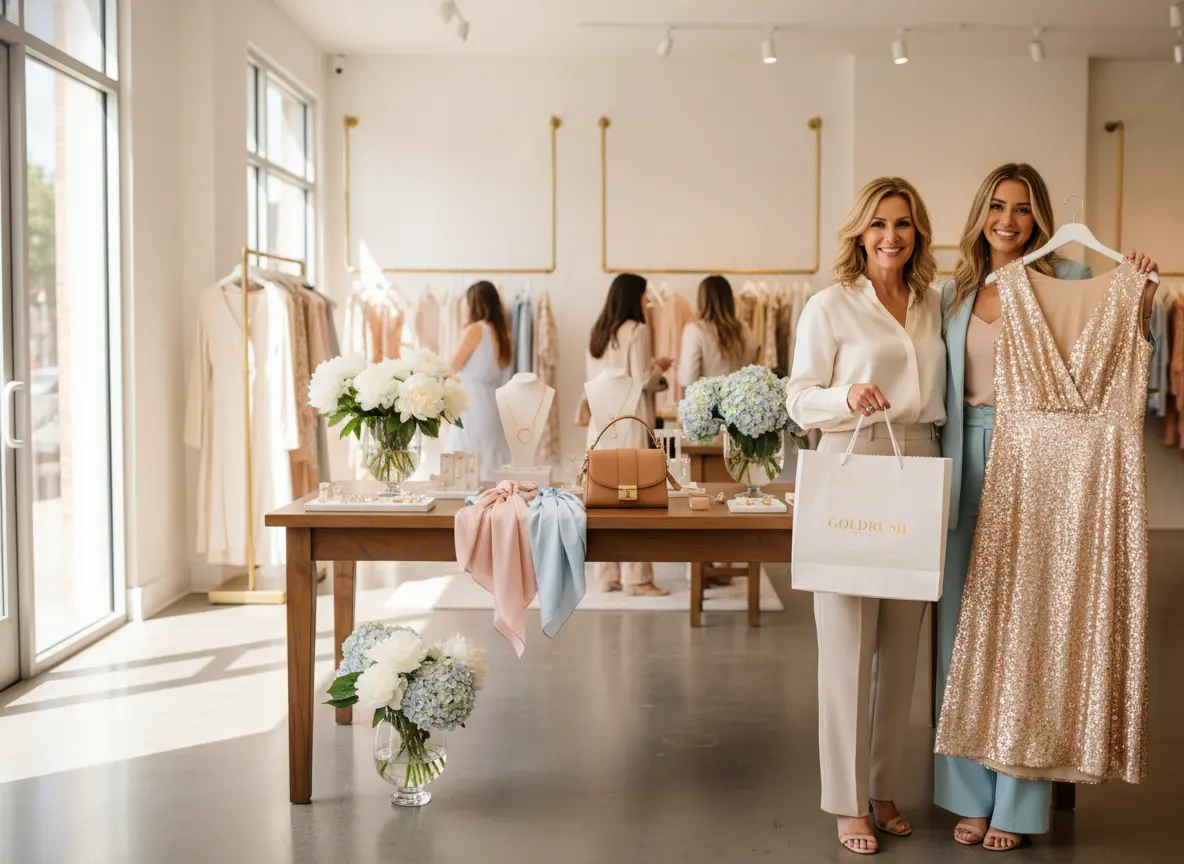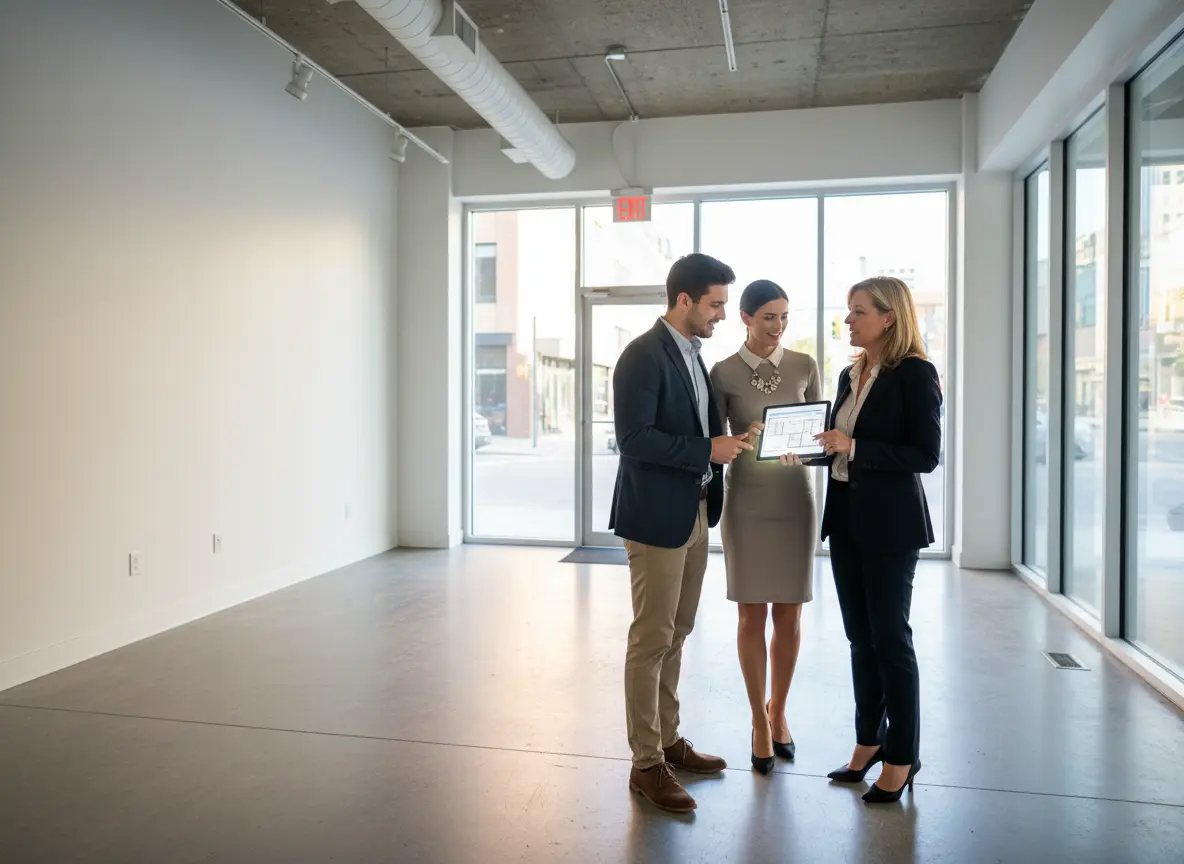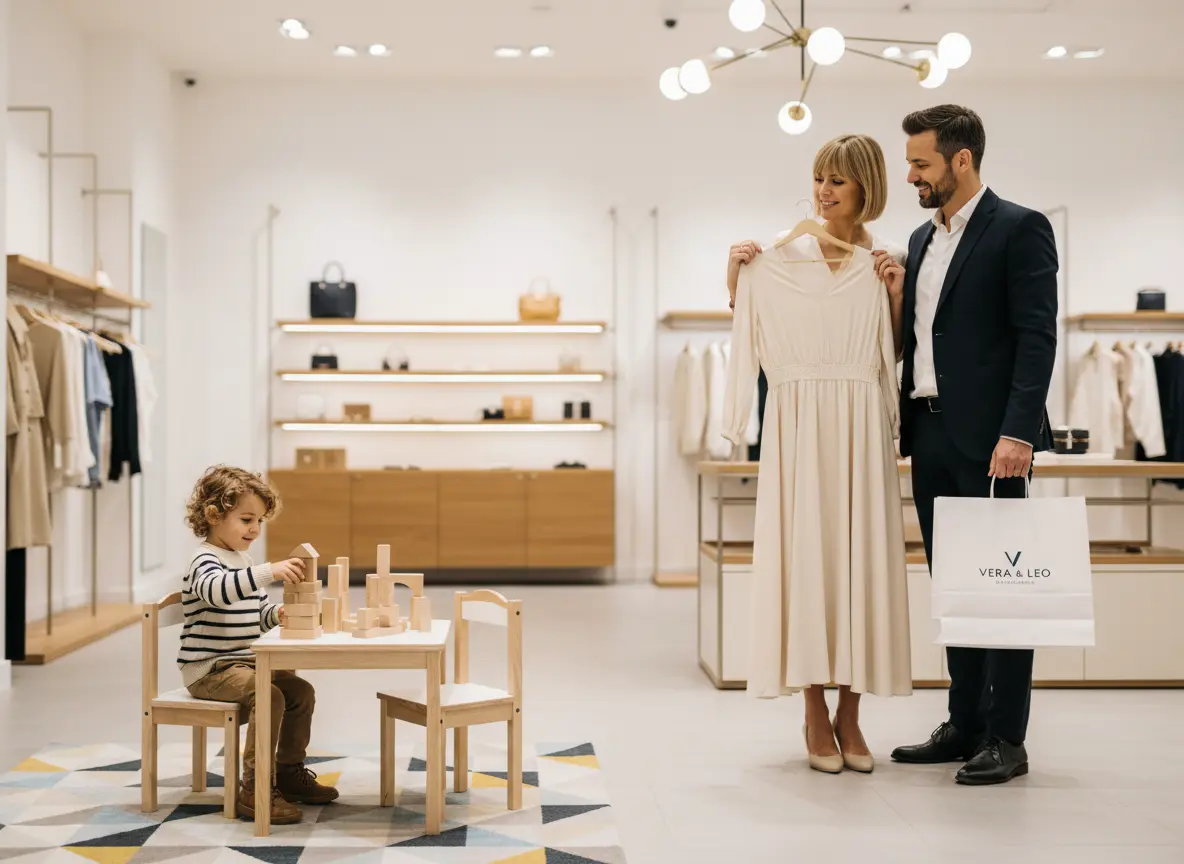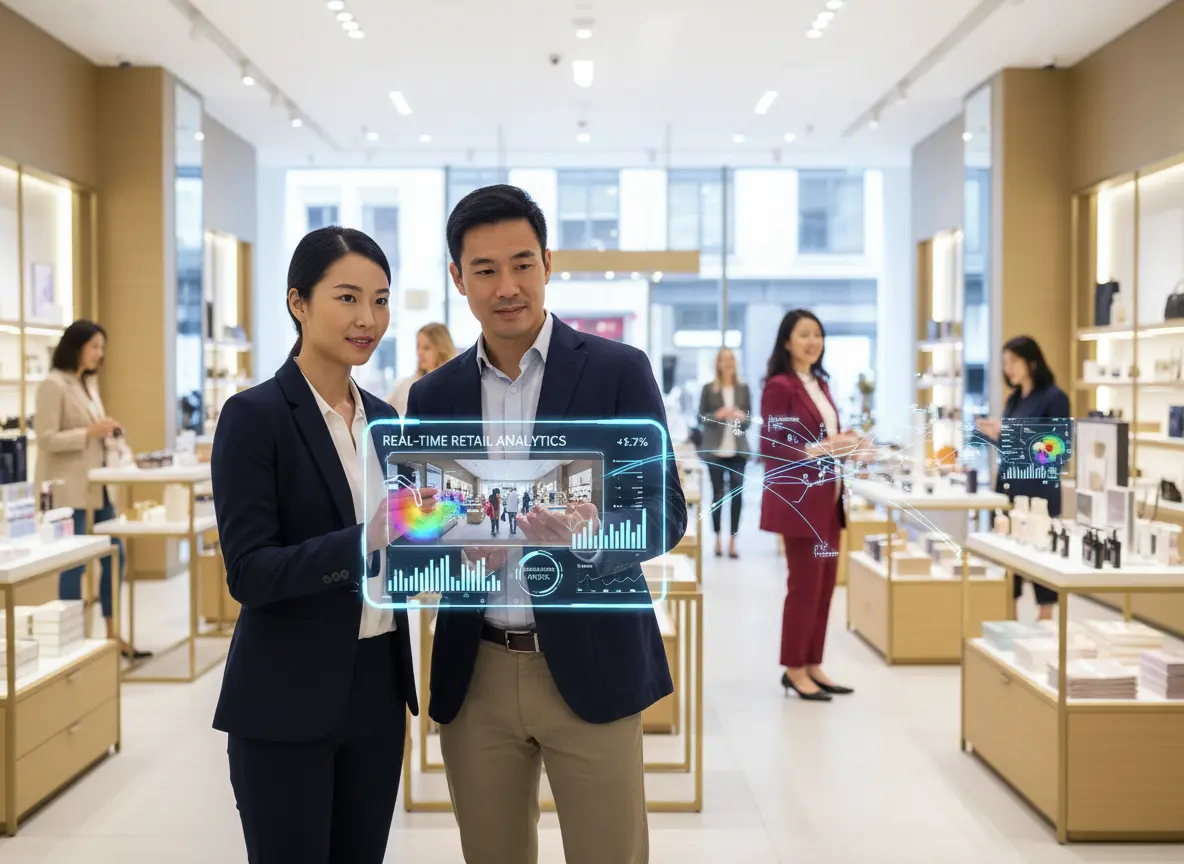Your Fitting Room: The Most Important (and Neglected) Room in Your Store
Let’s paint a picture. A shopper walks into your beautiful boutique. They browse, their eyes light up, and they clutch a gorgeous silk blouse to their chest like a long-lost friend. They are, by all accounts, a “hot lead.” They head to the one place where the magic is supposed to happen, the place where they mentally spend their money before they physically do: the fitting room.
And then… nothing. They emerge five minutes later, a flicker of disappointment in their eyes. The blouse is draped lifelessly over a chair, and the shopper is making a beeline for the exit. What happened in that little room? Did they discover a flaw in the garment? Did they suddenly remember they needed to buy kale instead? Or—and I’m just spitballing here—was your fitting room experience so monumentally underwhelming that it killed a sale dead in its tracks?
The fitting room isn’t just a closet with a mirror. It's the final boss battle of retail. It’s where your customer is at their most vulnerable, and it’s your single greatest opportunity to turn a "maybe" into a resounding "YES, TAKE MY MONEY!" If your conversion rate drops off a cliff somewhere between the sales floor and the cash wrap, it’s time to stop blaming the economy and start looking at that 6x6 foot box of broken dreams.
The Pre-Mortem: Why Your Fitting Room Is a Sales Black Hole
Before you can fix the problem, you need to perform an honest autopsy on your current setup. Many well-meaning store owners are sabotaging their own sales with fitting rooms that feel more like a suspect interrogation room than a luxury sanctuary. Let’s diagnose the common culprits.
The Awkward Lighting and Funhouse Mirror Fiasco
You’ve spent a fortune on beautiful inventory, so why display it on your customers under the same harsh, top-down fluorescent lighting used to illuminate gas station bathrooms? Bad lighting is a confidence assassin. It highlights every perceived flaw, casts unflattering shadows, and can make a $300 dress look like a burlap sack. A 2017 study found that poor fitting room experiences were a major pain point for nearly 70% of shoppers.
And then there's the mirror. Is it a cheap, wavy piece of glass that adds 10 pounds and a weirdly distorted head? Customers want to see their best selves. They are trying to picture themselves at a wedding, on a date, or closing a deal at work. They are not trying to picture themselves as a character from a Tim Burton movie.
The Fix: Invest in warm, diffused, and vertically-mounted lighting on the sides of the mirror. This mimics natural light and is universally flattering. As for the mirror, buy a high-quality, non-distorting one. It’s a one-time investment that pays for itself with every single sale it doesn't kill.
The "One-Hook Wonder" and the Clutter Conundrum
Picture this: your customer walks in with their purse, their phone, their own jacket, and five items to try on. You’ve provided them with a single, lonely hook. Now they’re performing a balancing act worthy of Cirque du Soleil, trying not to drop their personal belongings or your pristine merchandise on the floor. It’s stressful, it’s clumsy, and it rushes the experience.
This is compounded by a lack of cleanliness. A dusty corner, a stray security tag, or a crumpled receipt from a previous shopper sends a clear message: we don’t care that much. If you don’t care about the space, why should they care about the clothes?
The Fix: This is an easy one. Install at least three hooks—one for their personal items, one for their "yes" pile, and one for their "no" pile. Add a small bench or a stool. It provides a place to sit, a surface for a purse, and instantly makes the space feel more premium and considerate. And, of course, make it a non-negotiable part of your daily cleaning checklist.
Empowering Your Staff (Without Cloning Them)
A great fitting room environment is only half the equation. The other half is attentive, intuitive service. But with a million things to do—from restocking shelves to managing the register—how can your team be everywhere at once? The key is to streamline their focus onto the highest-impact interactions.
The Attentive, but Not Overbearing, Assistant
The moment a customer needs a different size or a style recommendation from within the fitting room is the most critical service interaction in your entire store. If they have to get fully dressed again to hunt down an associate, the odds of them just giving up increase exponentially. At the same time, no one enjoys an associate hovering outside the curtain asking "How's it going in there?" every 30 seconds.
This is where you can be smart about allocating your team's energy. While your sales associates focus on providing that crucial, high-touch service at the fitting rooms, your front-of-store can be effortlessly managed. For instance, an AI-powered retail assistant like Stella can greet every single shopper, so no one feels ignored. She can answer basic questions, promote your latest sale, and even highlight those slow-moving items you need to push, all while your human team is busy being fashion superheroes and closing sales back at the fitting bays.
The Little Luxuries That Close the Deal
You’ve nailed the lighting, the layout, and the service. Now it’s time to add the final polish that turns a good experience into an unforgettable one. These are the small, often inexpensive details that show you’ve thought about the entire customer journey and value their comfort and business.
The "Wow" Factor: Amenities That Make a Difference
You don't need to offer champagne and caviar (though, we wouldn't be mad about it). But small creature comforts can make a massive impact on a shopper's mood and their perception of your brand. Think about what a tired, slightly stressed shopper might appreciate. A place to charge their dying phone? A bottle of water? A comfortable, clean rug to stand on instead of a cold, hard floor?
These details communicate luxury and care. They transform a transactional space into an experiential one. One boutique owner in New York found that simply adding a small dish of complimentary mints and a phone charger in each room led to customers spending more time—and consequently, more money—during their visit.
The Fix: Pick one or two affordable amenities to start. A soft rug, a branded room spray, or even just a nicely framed piece of art can elevate the space. The goal is to make the room feel like an extension of your brand, not a forgotten utility closet.
Making "Maybe" a "Yes": The Power of Suggestion
The fitting room is your best stage for upselling and cross-selling. When a customer loves a pair of pants, that’s your cue to show them the perfect top or belt to go with it. Don't wait for them to come out and ask. Train your staff to be proactive stylists.
Encourage your associates to listen for buying signals ("Ooh, I love the fit of this!") and bring in a complementary piece. "I know you loved those jeans—I just had to show you this new top that just came in. It would look incredible on you." This is not pushy sales; it's helpful service. You're completing their look and solving a problem for them.
The Fix: Keep a small, curated "inspiration station" near the fitting rooms with high-margin, easy-to-add accessories like scarves, jewelry, and belts. This prompts both the customer and your staff to think in terms of full outfits, not just single items. It’s the easiest way to increase your average transaction value.
A Quick Reminder About Stella
While you're perfecting the most intimate part of your store, don't forget the first impression. An AI retail assistant like Stella ensures every customer is greeted, informed, and engaged from the moment they walk in. This frees your human team to provide the hands-on service that closes sales where it matters most—the fitting room.
Conclusion: Your Action Plan for a Better Bottom Line
Your fitting room is not a passive space; it is an active selling tool. It’s the final handshake, the closing argument, and the place where your brand promise is either fulfilled or broken. By focusing on the three pillars of a great fitting room experience—ambiance, service, and thoughtful details— you can stop bleeding sales and start converting browsers into loyal customers.
Don’t get overwhelmed. Start small. Here is your homework: This week, go stand in one of your own fitting rooms for five full minutes. Close the door. Look around. Is it clean? Is the lighting flattering? Does it feel comfortable, or does it feel like a closet you'd be desperate to escape? Be brutally honest with yourself.
Then, pick just one thing from this list and fix it. Upgrade your light bulbs. Buy better hooks. Create a cleaning checklist. Small, incremental changes will lead to a massive improvement in customer experience and a measurable lift in your sales. Stop letting your fitting room be the place where great outfits go to die. Turn it into the conversion engine it was always meant to be.
